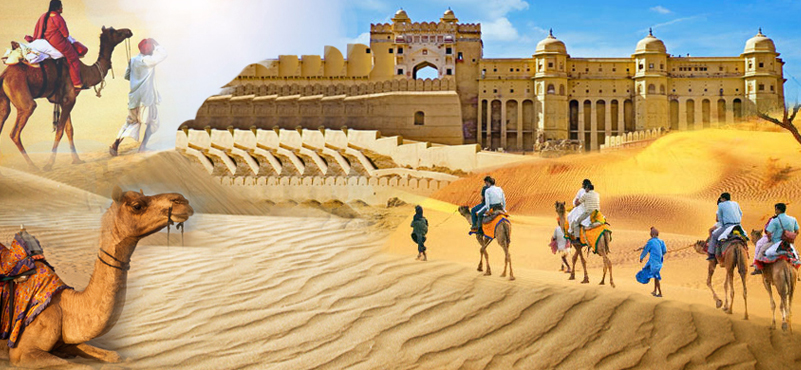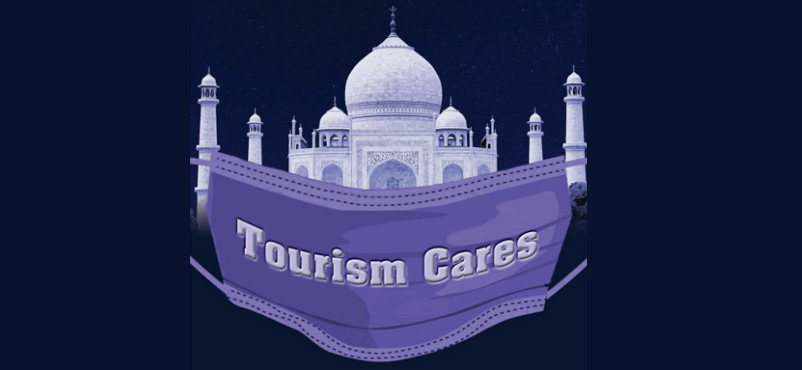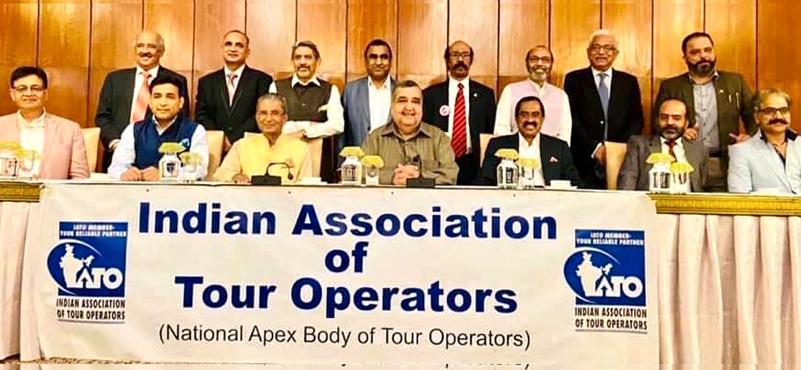PM Modi’s recent visit to the USA saw some major developments in tourism related issues between the two countries. India and USA inked a Memorandum of Understanding (MoU) on tourism, deciding to partner with each other, celebrating 2017 as the year of tourism cooperation. The development, to our belief, is a statement of Prime Minister Modi’s understanding that we need to learn some more on tourism.
We would like to think that there is an implicit understanding that there is great opportunity in putting learning experiences together in our taking the tourism development forward. Having said that, there is a great need for us to make our industry and market more mature, imbibing some of the best global practices.
It has been a norm, prevalent since decades, that governments’ share signed agreements on tourism and travel collaborations and cooperation with a number of countries. We too have signed our fair share of agreements and MoUs. Tourism, too, figures prominently, very often, in country to country signature agreements. It appears that tourism protocols and agreements have been, by and large, ceremonial in nature and they are seldom taken forward in terms of implementation on the ground to their rightful conclusion. This Indo-US agreement stands out in being different!
If tourism is a growing industry, worldwide, it stands to reason that there is a lot to cooperate between countries. One nation may be deficient in one area while the other nation may be lacking in another, so there would be different learnings for each of the two countries engaged in bilateral exchange. For instance, India could impart its famed culinary skills to countries where Indian cuisines are popular. India could learn, too. May be, we could understand the intricacies of wildlife management from a country that has gained expertise in that segment. Similarly, there could be mutual learnings in areas like monument and heritage preservation, flora and fauna management, and establishing and operating eco-tourism reserves.
While we may feel a sense of joy looking at inbound figures that have recently crossed the eight million mark, some of it has rightly been attributed to the launch of e-visa scheme and its extension to more countries. But for a country like India, with a population of over 1.25 billion and offerings that range from lofty mountains to tranquil beaches, looking at the tourism potential of India, the unleashing has not yet begun, so big is the scope and the canvas of our tourism.
Whether it is the quality of mountain tourism, adventure tourism or wild-life resorts, we are still on the fringes. We have not even started the journey. The situation is somewhat similar in areas like Sea, River and Cruise tourism. A lot of these should get reactivated. A special cell needs to move in – which will create, at a diplomatic level, bilateral and multilateral dialogue on sharing of tourism knowledge and best practices.
To be able to succeed in this endeavour, we must identify it as being distinct from development of travel and tourism between two countries. Given India’s eagerness to collaborate on tourism with the USA sends a positive signal that tourism is being identified as a key segment to drive bilateral growth and could provide a new momentum for countries to exchange best practices for mutual benefit.




































